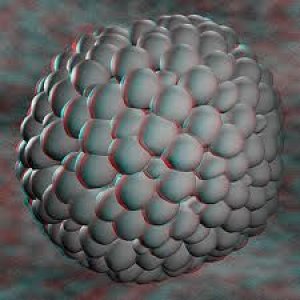Scientists were able to grow an egg from stem cells

A group of scientists from Harvard University conducted a successful experiment to grow eggs in the laboratory from stem cells taken from the ovary of a young woman. The results of the work were published on February 26 in the journal Nature Medicine.
Thus, according to the authors of the study, the existing dogma that the ovaries initially contain a limited and non-renewable stock of eggs that is depleted during the woman's childbearing age has been refuted. Jonathan Tilly, director of the group of reproductive biology at the Massachusetts General Hospital, told BBC News that in the near future, thanks to the results, a breakthrough in the field of human reproduction can be made.
The theory that the female body during the childbearing age does not use only the stock given at birth, but produces potential sources of new eggs, Tilly put forward in 2004. Then he and his colleagues managed to isolate such cells in mice.
This time, the object of research Tilly and his group were ovarian tissue, removed from a 20-year-old woman. Scientists have isolated stem cells from them due to the specific DDX4 protein covering their surface. These cells were then labeled with a green fluorescent protein. Next, scientists observed how in the laboratory for two weeks of the labeled cells developed oocytes - immature oocytes. These oocytes were then returned to the ovarian tissue, which, to ensure good blood supply, were implanted under the skin of a living mouse. There oocytes matured and turned into mature eggs, which, according to the authors of the study, in their functional characteristics are no different from those that are produced in the female body naturally.
According to Tilly, the new technology makes it possible to create an unlimited number of oocytes. Tilly's team is already promoting the idea of creating banks of oocyte stem cells that can be frozen and stored for a long time. It can help conceive a child with women suffering from cancer or infertility, believes Tilly.
At the same time, a number of specialists believe that long-term additional research in this field is necessary before placing eggs on the flow.
Last reviewed: 30.05.2018
